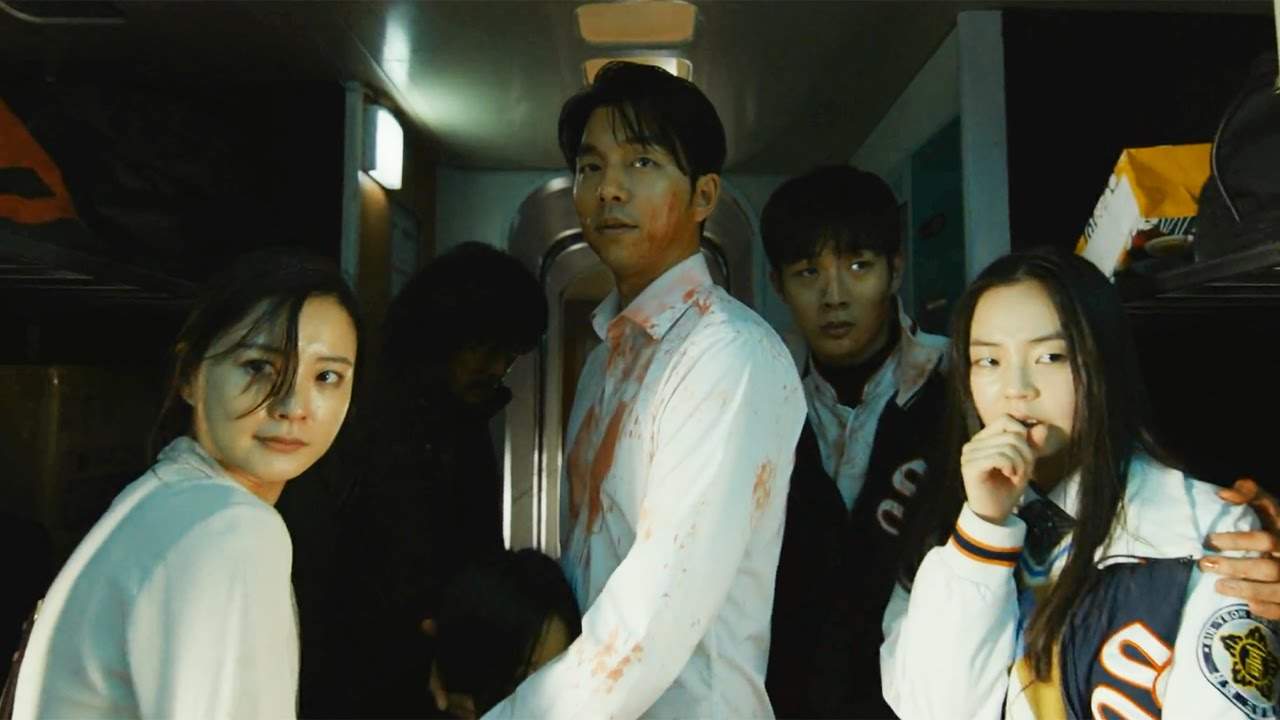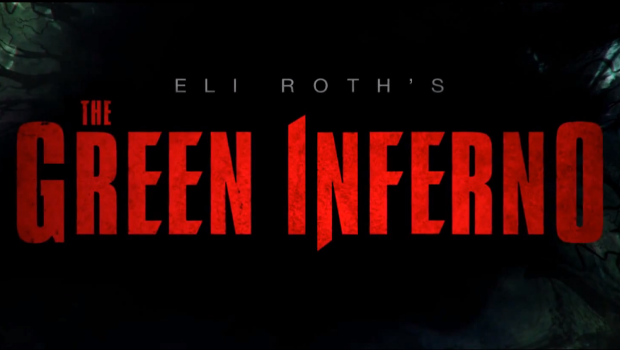
I love foreign horror, and Train to Busan had been on my radar ever since it opened in South Korea and received rave reviews. You can only imagine my indignation when my sister saw it before me in Columbus because she gets a fancy theater next to her and I don’t even have a halfway decent pizza chain here in Clinton, Mississippi. She told me that it was very good, very tense and super trope-y.
And I’ll be damned if she didn’t hit the nail on the head.
The film follows a workaholic, unintentionally selfish father named Seok-Woo who screws up his daughter Su-an’s birthday. For a consolation gift, she begs her father to go to Busan to see her mother from whom Seok-Woo is separated. An ill woman boards the bullet train with them and becomes the progenitor of a zombie infection, kicking off a nerve racking two hours.
Ironically, subscribing to tropes is what makes Train to Busan so damned good.
Tropes exist for a reason; they are/were effect elements/devices that audiences responded to positively. Train to Busan uses these tropes as a core while putting its own spin to remain fresh. Not to sound like a sex counselor, but it really is more about the journey than the destination.
The characters check the boxes nicely (assh**e survivor, young innocent survivor, faceless expendable mob of survivors, etc.) but the movie takes time to give each one some heart and depth. It manages to do justice to its sizable roster of significant characters by hiding characterization in moments of melodrama that Korean films are so susceptible to. And because a zombie epidemic is full of drama anyway, the melodrama doesn’t feel especially out of place.
My friends and I could pretty much guess which characters would die, and we still were really hurt by their deaths. That’s saying something.

Featured: Dad and Gruff Father-esque figure. Place your bets now.
Interestingly enough, the one trope this movie avoids is that zombies must be dispatched with a shot to the head. Remember, this is a bullet train of civilians in a country which ranks in the mid 100’s in terms of guns-per-capita. Removing the possibility of killing these creatures adds a new level of horror,
The movie runs close to two hours, and that made me apprehensive at first. Traditional zombies would have worked for two hours because their threat is gradual; a slow moving but unending carnivorous wave. Survivors desperately setting up defenses that fall one after another as they are slowly cornered by beasts that shuffle, arms outstretched . . . that’s what I’d expect out of a two hour zombie movie set on a train.
These zombies are extremely fast and violent, capable of subduing an entire car of passengers within minutes. I expected the pacing to sputter with a threat of such overwhelming force, yet it works again due to Train to Busan‘s creativity. The variety and length of the movie’s set pieces makes you forget how long you’ve been watching it. And right when I felt the movie needed to wrap it up, it did so with a satisfying conclusion.
An oddly specific comment, but the CG zombie animations are really on point. Key word the animations; the CG itself is is still good, but a half step behind World War Z. On the other hand, the way the zombies reanimate off the floor and how the bodies flop and pile as a horde of zombies trips itself up is immaculately captured.

100% the correct reaction
Train to Busan is essentially a Marvel movie; predictable yet universally enjoyable. Snobs and simpletons alike will enjoy what very well may be the best zombie film in recent memory. Prudent horror fans will like the surprisingly deep characters and creative set pieces while people who kept the SAW franchise in business will get by on the sheer zombie carnage.
NOTE: If you can, please do avoid watching the trailers. I went on YouTube to get the gif files for this movie but hadn’t seen them before the film. The trailers show a lot of the setpieces, so don’t ruin it for yourself.












